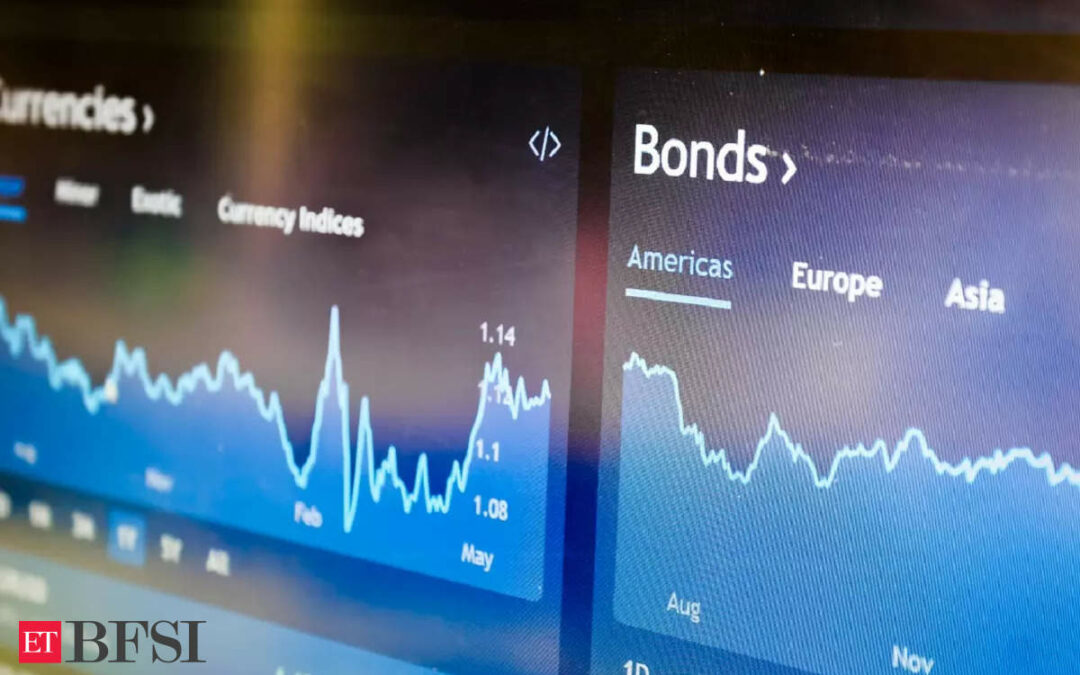For the past couple of weeks, India’s sovereign bond market has been buzzing with developments surrounding a particular kind of operation that the Reserve Bank of India carries out in its role as the government’s merchant banker. The operation in question is a buyback of government bonds.
But the stops and starts in executing the operation show the enormity of the task that the central bank faces in executing two of its mandates that are sometimes at odds with each other – the making of monetary policy and the management of the government’s debt. Bhaskar Dutta explains the issue that has been capturing financial market headlines:
What is a government bond buyback?
In a buyback, the government uses its cash balances to prematurely pay back a portion of its outstanding borrowing through bonds. This eases some of the pressure on scheduled debt repayment obligations and has the potential to bring down the government’s interest costs as a new source of demand typically pushes up bond prices and brings down their yields.
How does a bond buyback affect liquidity in the banking system?
Given that banks are amongst the largest holders of government bonds, a buyback operation injects liquidity into the banking system as lenders receive cash in exchange for bonds they are selling back to the government.
Why now?
Liquidity in the banking system is at a deficit because government expenditure – which flows through banks – is constrained during elections. So, by conducting a buyback, the government both eases future repayment obligations and infuses funds into the banking system, thereby keeping borrowing costs anchored.
How did the recent buybacks play out?
Out of a total of ₹1 lakh crore of bonds the government offered to buy back from banks, the RBI accepted bids worth only ₹12,582.98 crore. This was because banks offered to sell back bonds at higher prices – or lower yields – than the RBI was comfortable with.
Why was the CENTRAL BANK uncomfortable?
It is understandable for banks to want to sell bonds back to the government at a profit, but for the RBI, the problem lies with the message it may send out on the interest rate policy front. If it accepted bids at very high prices, short-term bond yields would have fallen as if the RBI had cut interest rates. That would represent easier financial conditions. Given that inflation is still above 4%, the RBI would not want markets to start pricing in rate cuts when the central bank is working hard to keep inflation expectations anchored.










